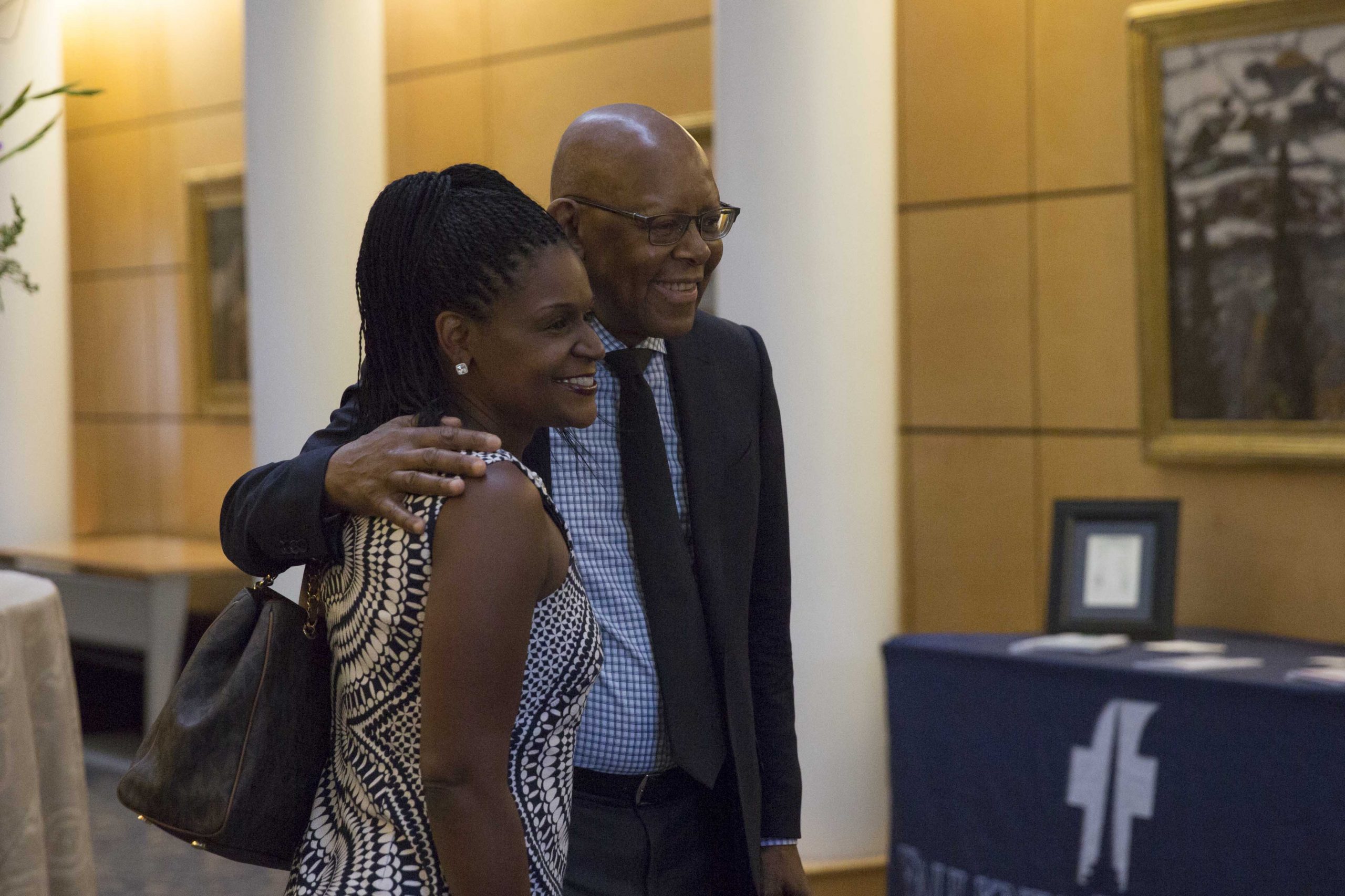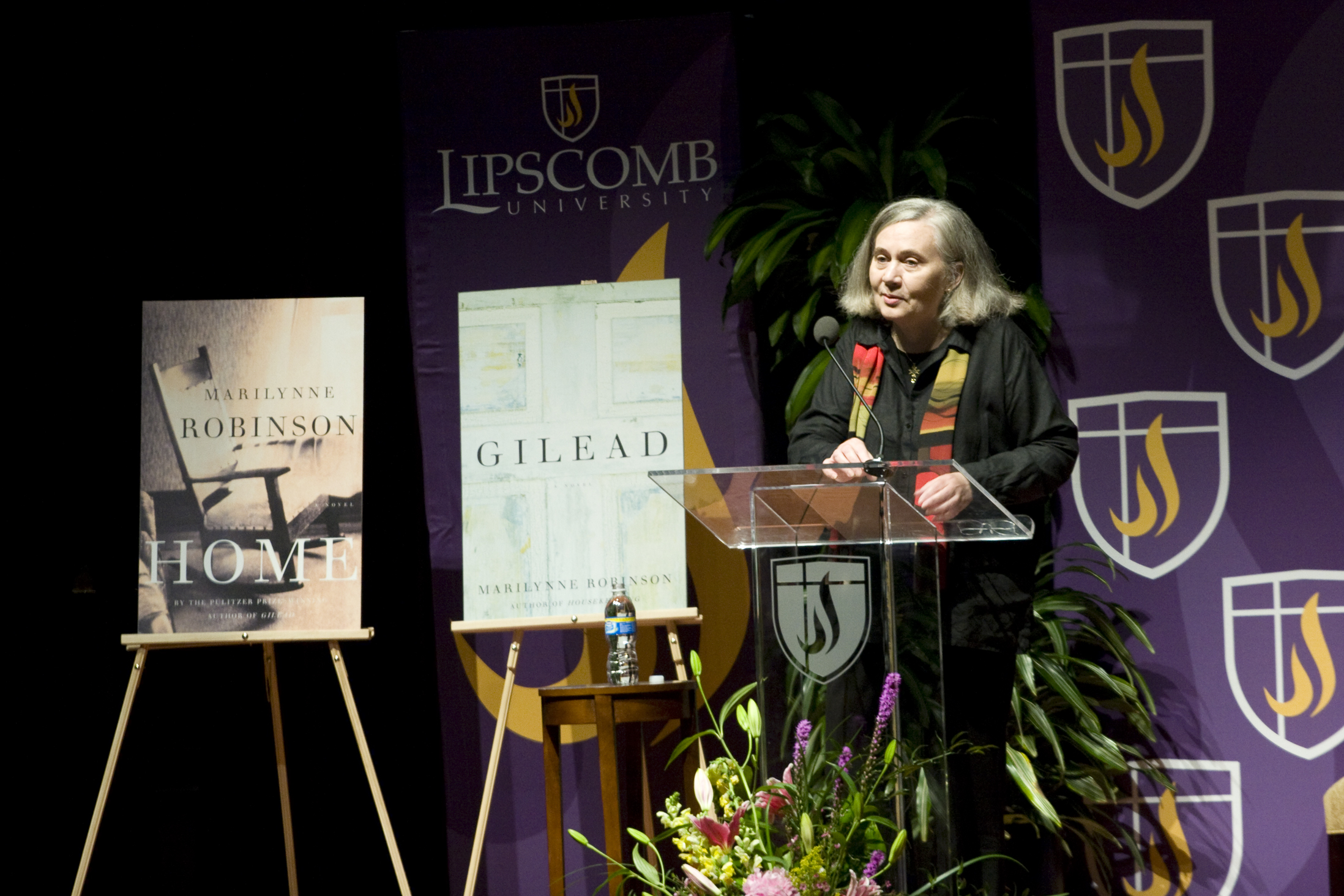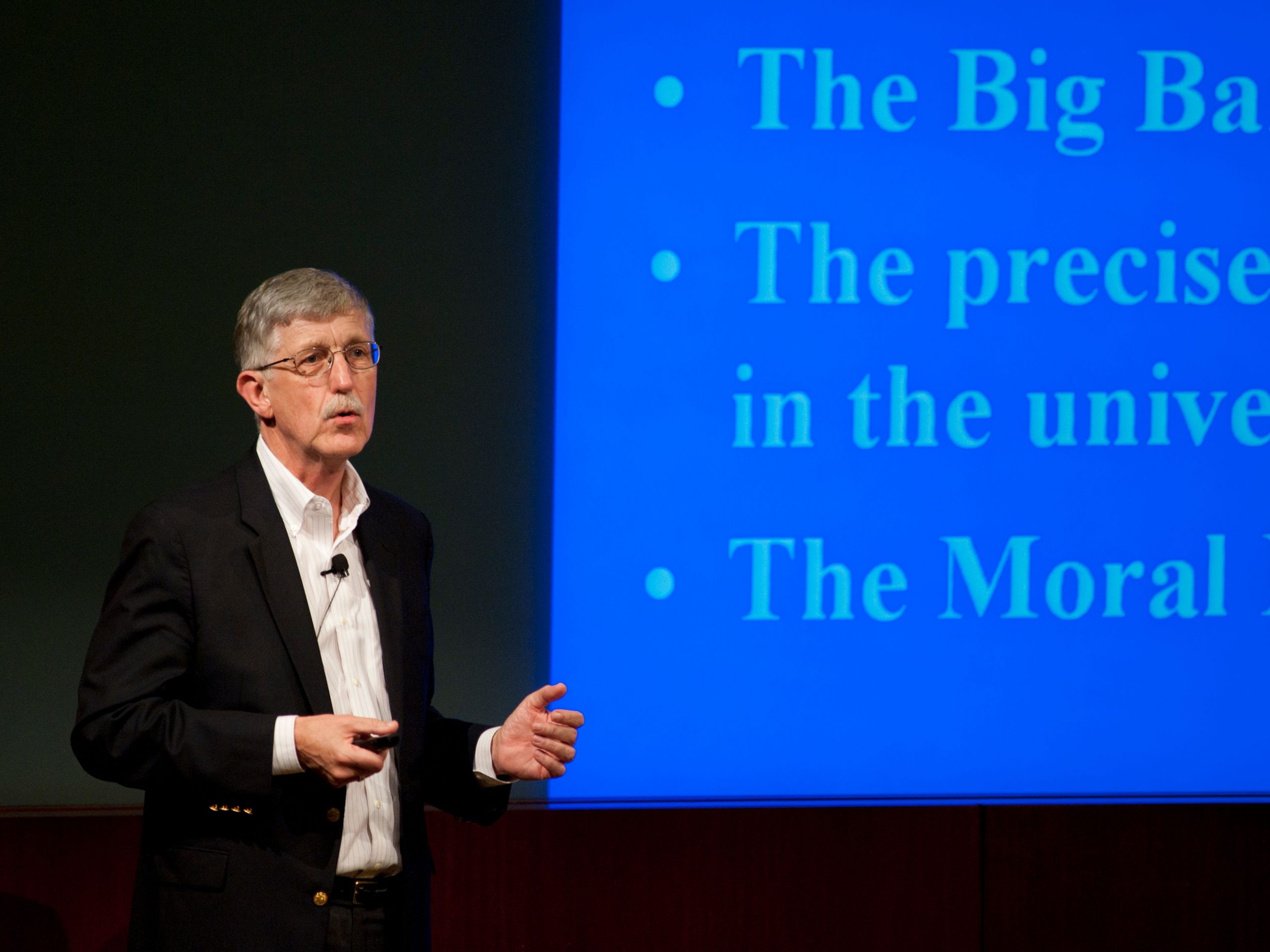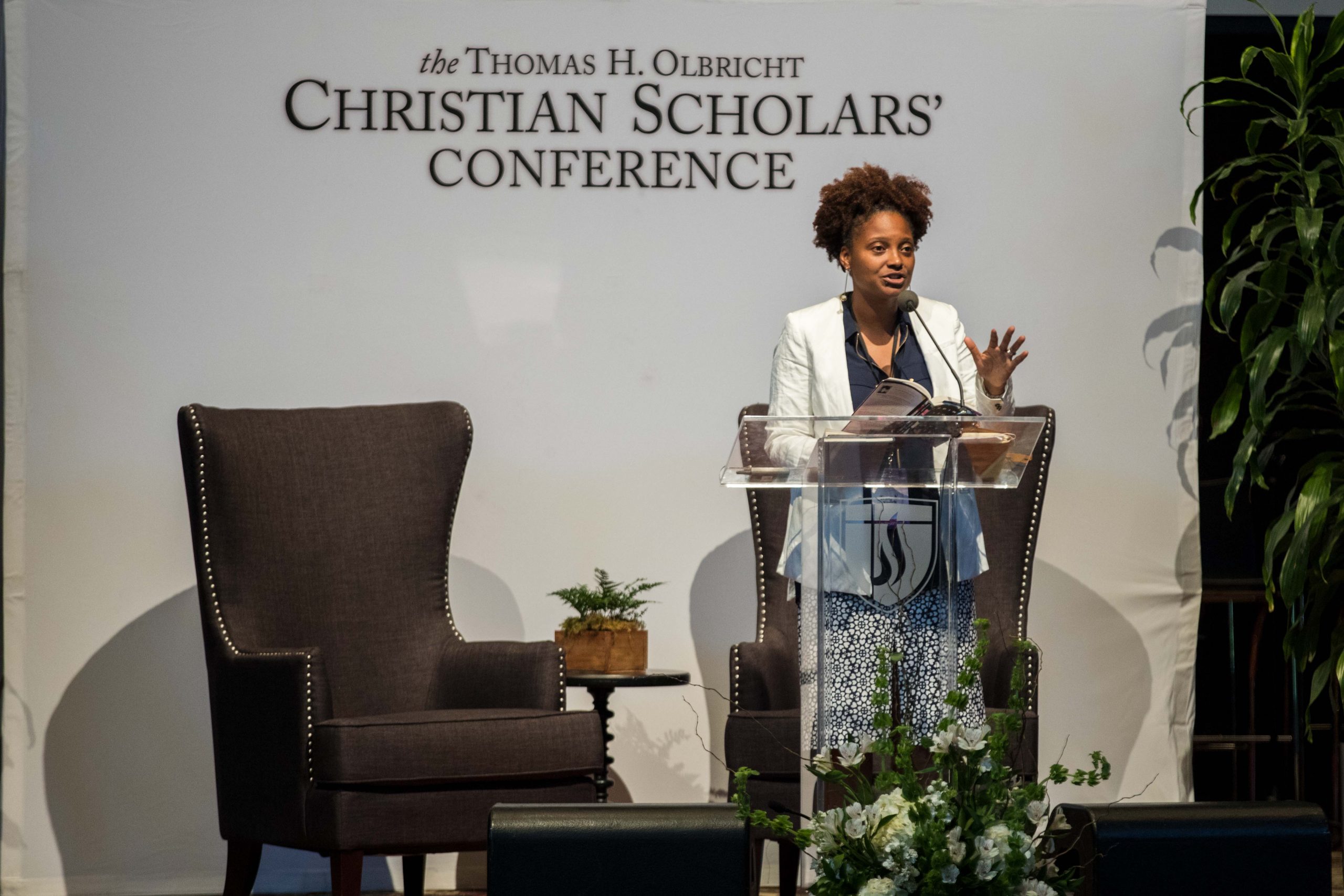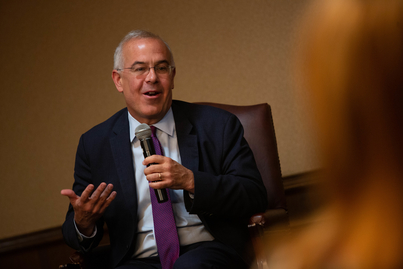Rhetoric and Relationship in Late Antiquity
When: June 9, 2022, 9:00 am - Thursday
Where: Ezell 232
Session 3
Session Abstract
The papers of this session emphasize the significance of literary genre, rhetorical strategy, and potent imagery in the construction of theological proposals and human relationships. Treating several Late Antique Christian authors from East and West, these studies analyze the strategies by which the authors communicate with their audiences and one another to cultivate the reception of matters that are interpersonally difficult or theologically controverted. Specific areas under consideration include the depiction of Christian identity-formation as combat, the imagery of healing in soteriology, and the use of letters to create and sustain human contact.
Paper Abstracts
Nathan D. Howard, University of Tennessee at Martin, “Philostratus, Eunapius, and the Martializing of Correspondence in Gregory of Nazianzus”
This paper argues that three writers from the third to fourth century—Philostratus, Eunapius, and Gregory Nazianzen—presented paideia as a form of combat. By analogizing verbal contests to clashes from the classical past, they emphasized the struggle to achieve manhood. Whereas in their writings, Philostratus and Eunapius, associate the militant nature of rhetoric with speaking, however, Gregory applies the trope of “rhetoric as combat” to his use of epistolary exchange. He redirects the culture of oral rhetoric to the written word, thus recontextualizing identity formation in order to establish his masculinity as bishop.
J. Caleb Little, Baylor University, “The Word our Healer: Transformation, Creaturely Integrity, and the Image of Healing in Athanasius’ Soteriology”
This paper explores Athanasius’ use of the image of healing, especially in On the Incarnation, with attention to the ways in which the image of healing allows Athanasius to emphasize both the creaturely integrity and fundamental transformation of the creature being saved. Athanasius’ account of evil and the Fall emphasizes the corruption of the human and its resulting instability. He then uses the image of healing to describe in nuanced terms the Word’s taking up of and internal restoration and renewal of sinful humanity, halting its slide towards nothingness and reestablishing participation in the Word.
Marcin Wysocki, John Paul II Catholic University of Lublin (KUL), Poland, “Visit me with your letters” (Paulinus, ep. 3,5). Traveling and Hospitality Exemplified in the Collections of Christian Latin Letters of the 4th and 5th Century (Ambrose, Jerome, Augustine, Paulinus of Nola)
As a genre, letters evoke great interest. They touch everyday matters, communicate important truths, and are testimony of interpersonal relations. Through them people living at a distance visit and talk to each other, showing love, interest and hospitality. In the patristic period, travelling and hospitality were inseparably connected to the letters and their couriers. This paper analyzes the letters of Ambrose, Jerome, Augustine, and Paulinus of Nola, to show how the correspondents understood the letter as a form of human contact, how they understood the particular kind of travel and hospitality being realized in their letters, and how they expressed those things.
Speakers
Tera Harmon, Abilene Christian University, Convener
- Nathan D. Howard, University of Tennessee at Martin, “Philostratus, Eunapius, and the Martializing of Correspondence in Gregory of Nazianzus”
- J. Caleb Little, Baylor University, “The Word Our Healer: Transformation, Creaturely Integrity, and the Image of Healing in Athanasius’ Soteriology”
- Marcin Wysocki, John Paul II Catholic University of Lublin (KUL), Poland, “Visit Me with Your letters” (Paulinus, ep. 3,5). Traveling and Hospitality Exemplified in the Collections of Christian Latin Letters of the 4th and 5th Century (Ambrose, Jerome, Augustine, Paulinus of Nola)

